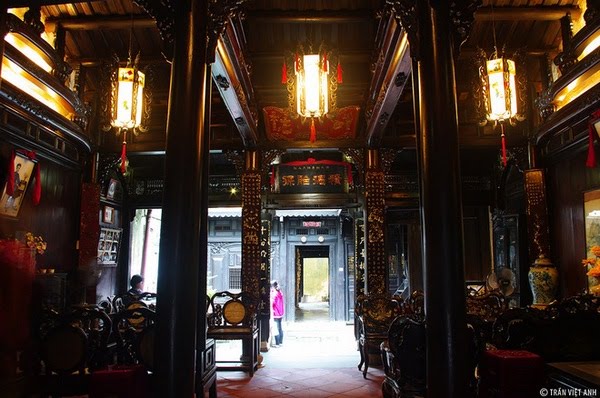Tu Duc Tomb
A glance at the tomb can create the illusion of a park, packed with frangipani trees and grove of pines.
Location and history
Located in a narrow valley in Duong Xuan Thuong Village, 8km from Hue City, Tu Duc Tomb is considered as one of the most beautiful and picturesque and largest works of architecture of Nguyen Dynasty’s royal palaces and tombs. People say that Tu Duc Tomb is a must in every tour to Hue City.
The tomb was constructed between 1864 and 1867. The construction of Tu Duc’s tomb requires an incredible amount of money and labour, thus resulted in a rebellion of workers. Therefore, the tomb was renamed as Khiem Lang, in comparison with the former name: Van Nien Co (expresses the wish to be permanent). In addition, all the constructions’ names were changed to bear the word Khiem (Modesty) in their names, as the king wanted to express his humility.
It was the place where he could retreat from the Citadel to compose poetry or go hunting because the monument was finished when the king was still in reign. The design of the tomb is said to clearly reflect the profound knowledge and romance of the king’s characteristics.
What to see
A glance at the tomb can create the illusion of a scenic park, packed with lakes, hills, pavilios amidst the lushness of frangipani trees and grove of pines. It’s surrounded by a solid octagonal wall. A few notable sites in the temple area inside the tomb can be listed as Luu Khiem Lake, Tinh Khiem Island, Xung Khiem Pavilion, Hoa Khiem Temple (which commemorated the King and the Queen). Hoa Khiem Temple is a small museum of the King’s life: a mirror used by the King’s concubines; a lock gifted by the French; the funerary tablets of the emperor and empress. As the tomb also functions as a home away from home, there is even a royal theatre inside the complex, named Minh Khiem Duong. The theatre is a reflection of Tu Duc’s poetic soul, with the ceiling carved with stars, clouds, crescent moon and sky. Today, perfomances are not shown in this theatre but in Xung Khiem Ta (near Luu Khiem Lake).
The remaining part is the tomb area, consisting of the Honour Courtyard, the Stele Pavilion and the seplucre. The Stele Pavilion of this tomb is known as the biggest one in Vietnam, in which the king has inscribed about his life by himself.
Coming to Tu Duc Tomb, tourists may feel like they’re lost in a huge scenery park, where the old monuments of old feudal time are harmoniously in tune with the natural atmosphere.
How to get there
The suggested means of transport to travel to Tu Duc Tomb is by motorbike, car or even bikes. This site can be included in a tour from Khai Dinh Tomb and Tu Hieu Pagoda. Remember to wear comfortable shoes as visiting this tomb means a lot of walking.
Location and history
Located in a narrow valley in Duong Xuan Thuong Village, 8km from Hue City, Tu Duc Tomb is considered as one of the most beautiful and picturesque and largest works of architecture of Nguyen Dynasty’s royal palaces and tombs. People say that Tu Duc Tomb is a must in every tour to Hue City.
The tomb was constructed between 1864 and 1867. The construction of Tu Duc’s tomb requires an incredible amount of money and labour, thus resulted in a rebellion of workers. Therefore, the tomb was renamed as Khiem Lang, in comparison with the former name: Van Nien Co (expresses the wish to be permanent). In addition, all the constructions’ names were changed to bear the word Khiem (Modesty) in their names, as the king wanted to express his humility.
It was the place where he could retreat from the Citadel to compose poetry or go hunting because the monument was finished when the king was still in reign. The design of the tomb is said to clearly reflect the profound knowledge and romance of the king’s characteristics.
What to see
A glance at the tomb can create the illusion of a scenic park, packed with lakes, hills, pavilios amidst the lushness of frangipani trees and grove of pines. It’s surrounded by a solid octagonal wall. A few notable sites in the temple area inside the tomb can be listed as Luu Khiem Lake, Tinh Khiem Island, Xung Khiem Pavilion, Hoa Khiem Temple (which commemorated the King and the Queen). Hoa Khiem Temple is a small museum of the King’s life: a mirror used by the King’s concubines; a lock gifted by the French; the funerary tablets of the emperor and empress. As the tomb also functions as a home away from home, there is even a royal theatre inside the complex, named Minh Khiem Duong. The theatre is a reflection of Tu Duc’s poetic soul, with the ceiling carved with stars, clouds, crescent moon and sky. Today, perfomances are not shown in this theatre but in Xung Khiem Ta (near Luu Khiem Lake).
The remaining part is the tomb area, consisting of the Honour Courtyard, the Stele Pavilion and the seplucre. The Stele Pavilion of this tomb is known as the biggest one in Vietnam, in which the king has inscribed about his life by himself.
Coming to Tu Duc Tomb, tourists may feel like they’re lost in a huge scenery park, where the old monuments of old feudal time are harmoniously in tune with the natural atmosphere.
How to get there
The suggested means of transport to travel to Tu Duc Tomb is by motorbike, car or even bikes. This site can be included in a tour from Khai Dinh Tomb and Tu Hieu Pagoda. Remember to wear comfortable shoes as visiting this tomb means a lot of walking.
Other Article
Hue Over View
Located on the bank of Song Huong- Perfume River; Hue, the capital of Thua Thien Hue province in Central Vietnam, is 700 km southern Hanoi, 1100km northern Ho Chi Minh City, and only a few miles from the sea...
Bach Ma National Park
With close proximity to both Hue and Danang, Bach Ma national park is simple a cannot-afford-to-miss for nature lovers and especially bird-watching enthusiasts...
Vong Canh Hill
Just 43m high, the hill is located 7km from Hue centre, with its foot lying next to slowly flowing Perfume River. On the way to Tu Duc Tomb, there’s a hill called Vong Canh, which at first seems to be quite normal amongst other famous sightseeing spots of Hue...
Nam Giao Esplanade
Emperors under feudalism oftern regarded themselves as "thien tu" - the sons of Heaven. Hence, to express their respect to Father God, they often held annual offering ceremonies to worship. That's why Nam Giao Esplanade was built by King Gia Long after being crowned, in Duong Xuan Village, south of Hue City...
Hue Imperial Citadel
Famously being one of Vietnam’s seven UNESCO World Heritage Sites, the Imperial City of Hue has long been a must-see attraction for tourists visiting a hidden charm of Vietnam...
Dong Ba Market
Dong Ba is the biggest commercial center of Thua Thien Hue Province and the adjacent regions. It stands along the north bank of Huong River, on Tran Hung Dao Street of Hue City and stretches from Trang Tien Bridge to Gia Hoi Bridge...
Thien Mu pagoda
If Hanoi has One-pillar pagoda, Hue is renowned for its Thien Mu pagoda. The architecture, location and history makes Thien Mu pagoda among the top attractions to see in Hue...
Minh Mang Tomb
Minh Mang Tomb is in Huong Tho Commune, Huong Tra District, on the west bank of Perfume River and about 12km south of Hue City center. This place is where 2 tributaries join to form the picturesque Perfume River...
Khai Dinh Tomb
After his ascendancy to throne in 1916, Emperor Khai Dinh chose the slope of Chau Chu (Chau E) Mountain, which is 10km from Hue center, to construct his “home in the other world” – according to Oriental belief. It was started bulding in 1920 and completed 11 years later, by his successor – Emperor Bao Dai...
Da Nang Over View
The third largest city in Vietnam, Da Nang is in close proximity to Hue- 3 hours North and Hoi An- 30 minutes South, which makes it a perfect stop point for those who need a break from touristy areas. Da Nang is growing into one of the most organized urban area, with attractive beach front villas on the one side and Han River flowing on the other...
Danang Marble Mountains
Driving 9km south of Danang city center on the famous beachfront boulevard Truong Sa, travelers can find one of the most popular attractions of the region, the Marble mountains. It is a group of five marble and limestone mountains, named after the five elements of the ancient oriental philosophy: metal, wood, water, fire and earth...
Ba Na Hills
If you drive about 30 km from Da Nang city to the West, you can finally reach one of the most spectacular sights you would have ever visited. With a height of 1,487 meters above the sea lever and a temperate climate, Ba Na Mountain is a real treasure of Vietnam...
Han Market
The most important trading point of Da Nang City, Han market is popular among local and tourist alike. Located at the grand intersection of Tran Phu Street, Bach Dang Street, Hung Vuong Street and Tran Hung Dao Street, this famous market holds a very important position in the history of the city...
Cham Pa Museum
Situated at the intersection of Trung Nu Vuong Street and Bach Dang Street in Da Nang, the heart of the ancient Cham Pa Kingdom, the museum houses the last collection of Cham Pa arts in the world...
Son Tra Peninsula
Only 13 km away from the center of Da Nang City, Son Tra Peninsula belongs to Son Tra District. This is a typical Vietnam tourism magnet along the coastline: fantastic, untouched natural scene with transparent sea, white sand, and mysterious primitive jungle with a vast diversity of plants and animals...
Hoi An Travel Guide Over View
Ancient and peaceful, Hoi An is one of the most popular destinations in Vietnam that caters to travellers of all tastes and across the continents. The little town is just the perfect candidate of what Vietnam tourism ministry is aiming to show to the world...
Hoi An Traditional Art Performance Theatre
Walking around the Old Quarter of Hoi An, tourists are always fascinated by endless reminiscences of a past time when the old town was a major commercial port, a center of cultural interminglement amongst Vietnamese, Chinese and Japanese...
Old House of Tan Ky
Located at 101 Nguyen Thai Hoc Street, in the Old Quarter of Hoi An Ancient Town, Tan Ky Old house is an almost perfect example of a 18th merchant’s residence in this major commercial port town. The name Tan Ky, meaning “Progress Shop”, was given to the house by the second generation to express the owner’s wish for a prosperous business...
Kim Bong Carpentry Village
Since the 16th century, the village which originated in the north of Vietnam, has had its artisans work on furniture and houses across the country, from prominent buildings in Hanoi to Hue citadel and royal tombs or most of the architectural projects in Hoi An’s heyday...
Tra Que Herb Village
Tourists visitting Tra Que Village are often fascinated by watching the farming procedures of local farmers, including: raking the ground, sowing, watering, picking vegetables and many other activities which are rarely seen in modern daily life...
Cham Island (Cu Lao Cham)
Cham Island is a group of 8 small islands, which has been recognized by UNESCO as the World Biosphere Reserve (Cu Lao Cham Marine Park).This ideal destination is endowed with marvelous topography of mountain slopes and biological diversity...
My Son Sanctuary
If Hoi An enchants you by colorful lanterns along downtown streets by night, charming red towers in My Son surely amazes you in the sunset. My Son Sanctuary is located in My Son village, Duy Tan commune, Duy Xuyen district, 30km west of Tra Kieu (the ancient capital of Cham people) and 69km south-west of Da Nang city...
Powered by NAM Travel (Nam Huong Travel Limited Company)
© Copyright 2018 NAM Travel (Nam Huong Travel Limited Company) - Use of this website constitutes acceptance of the NAM Travel (Nam Huong Travel Limited Company)'s

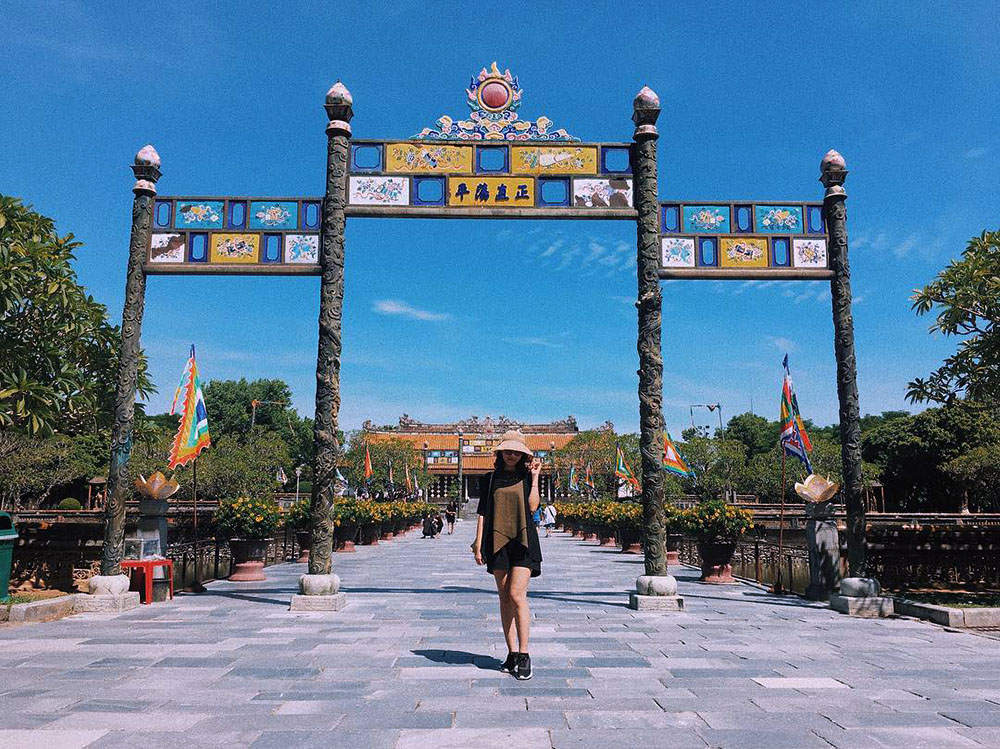
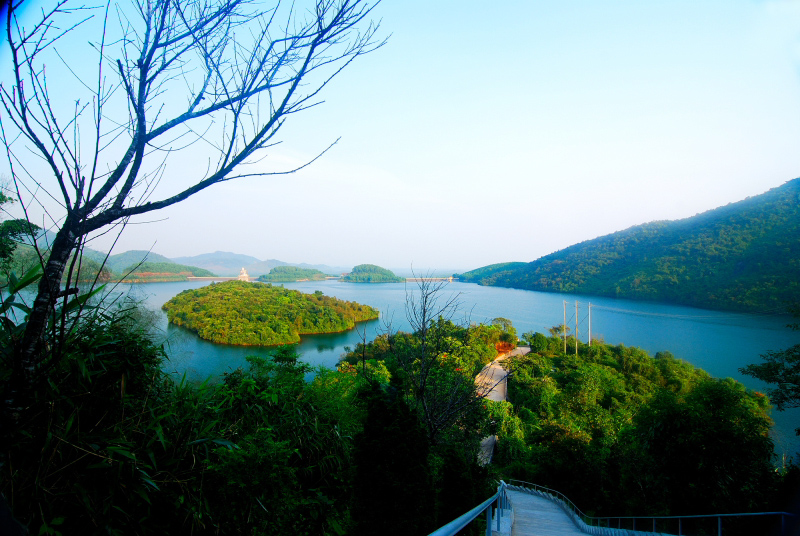

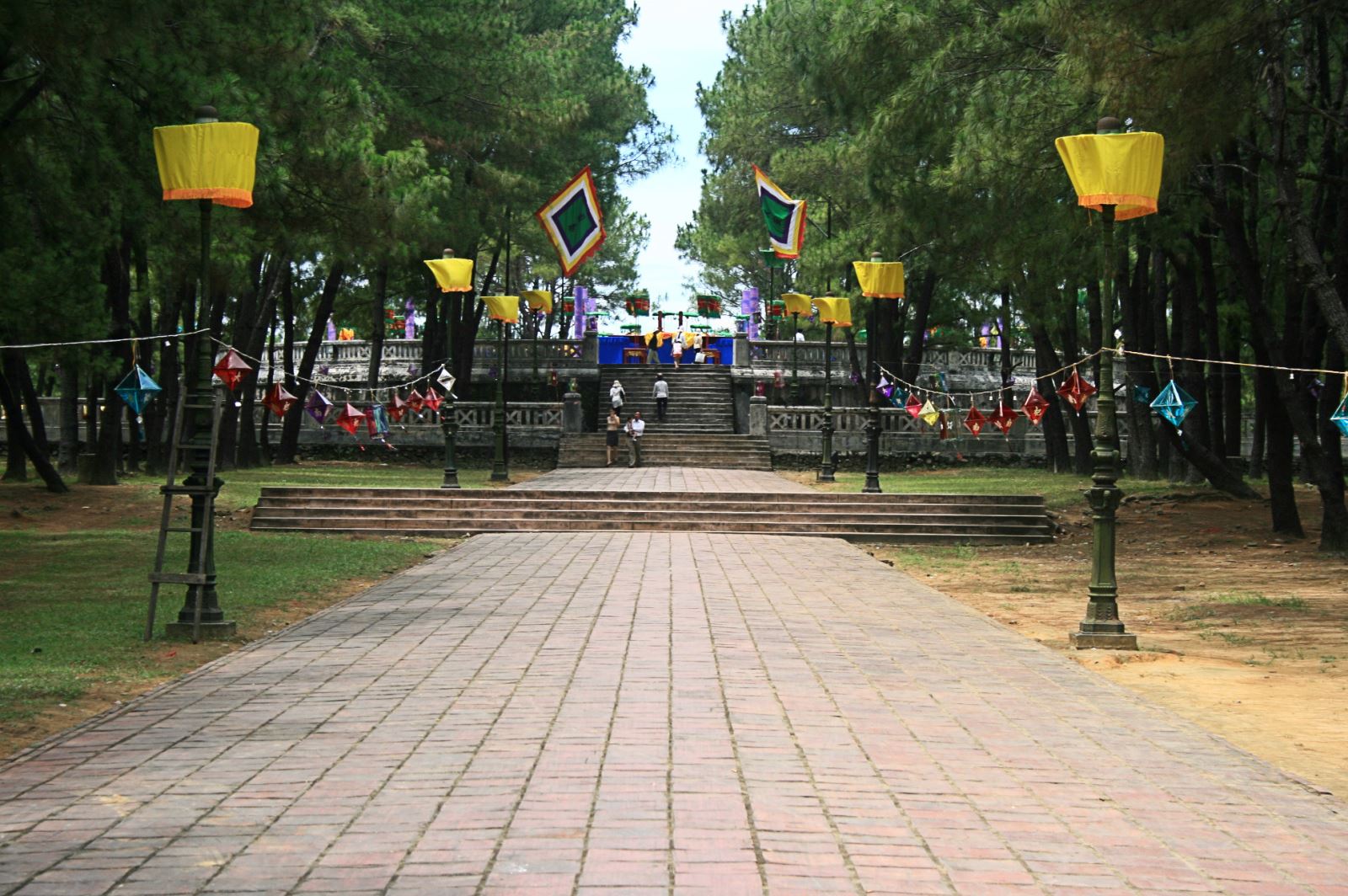
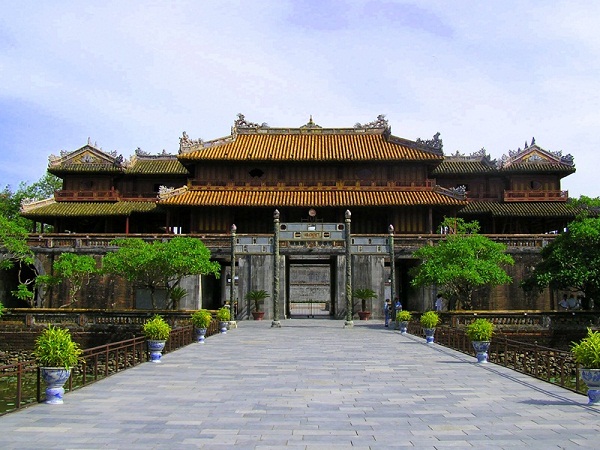


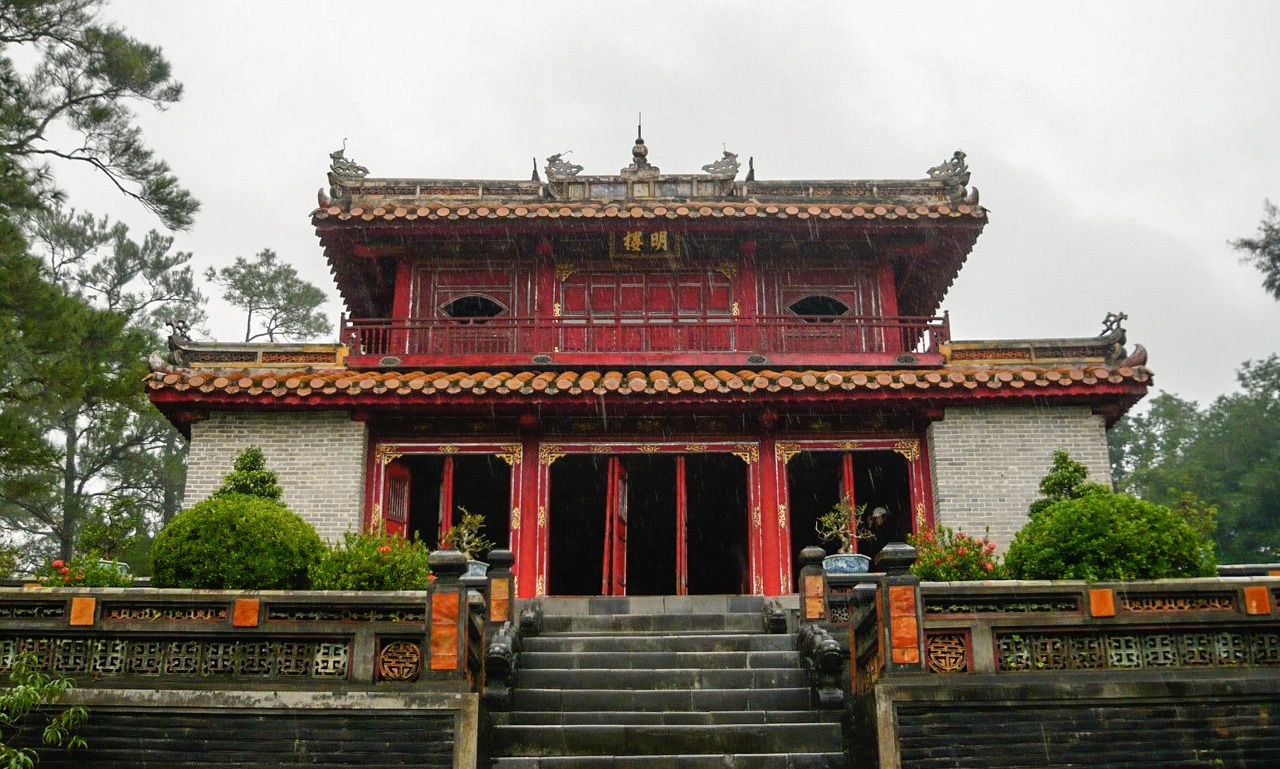
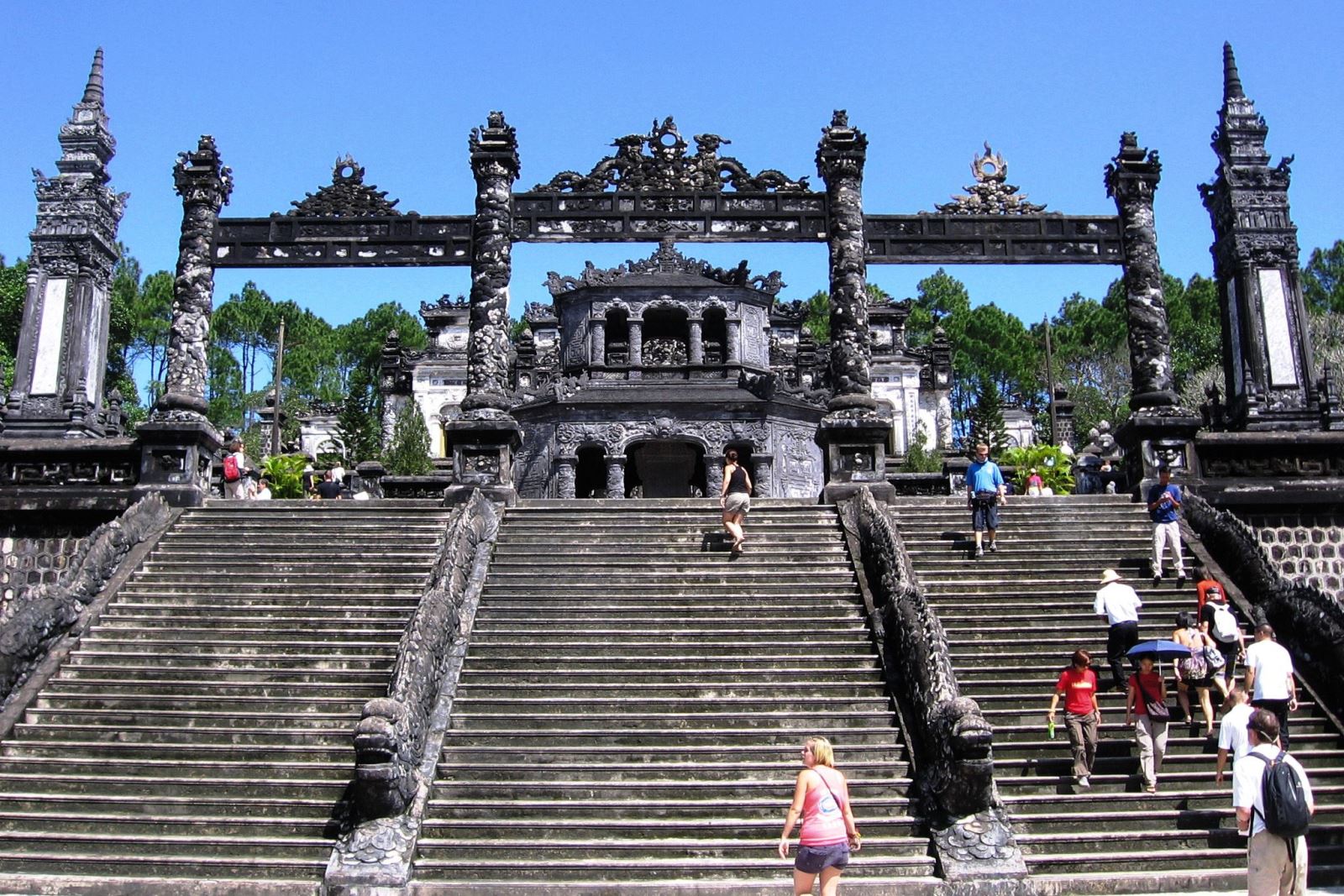

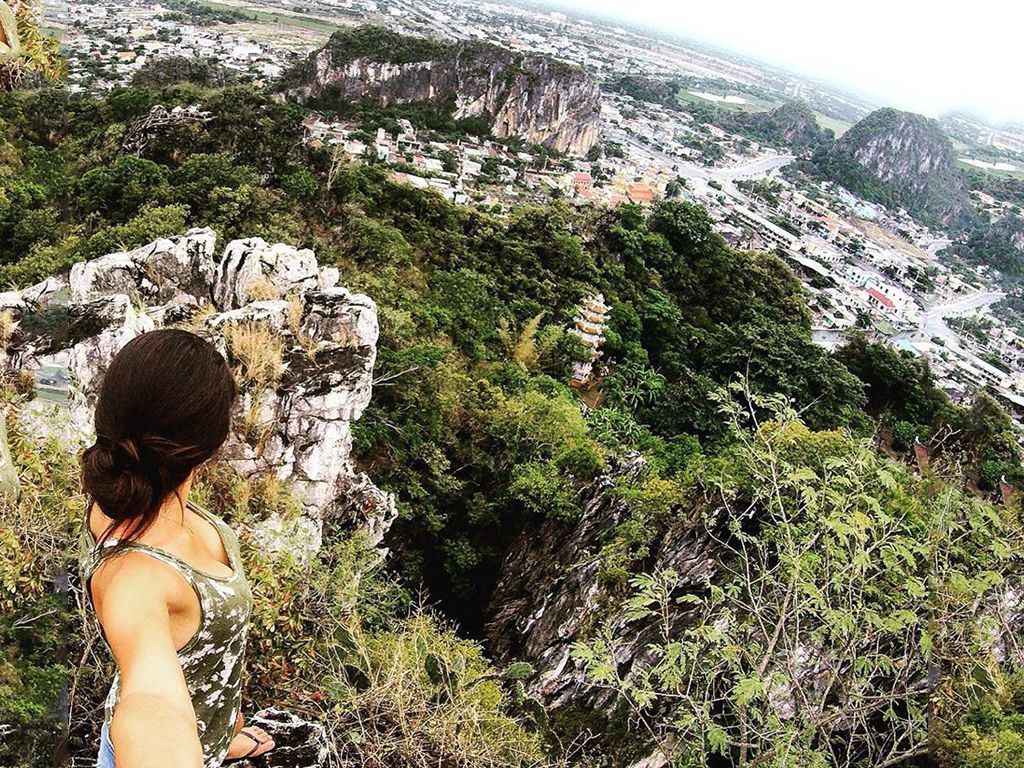


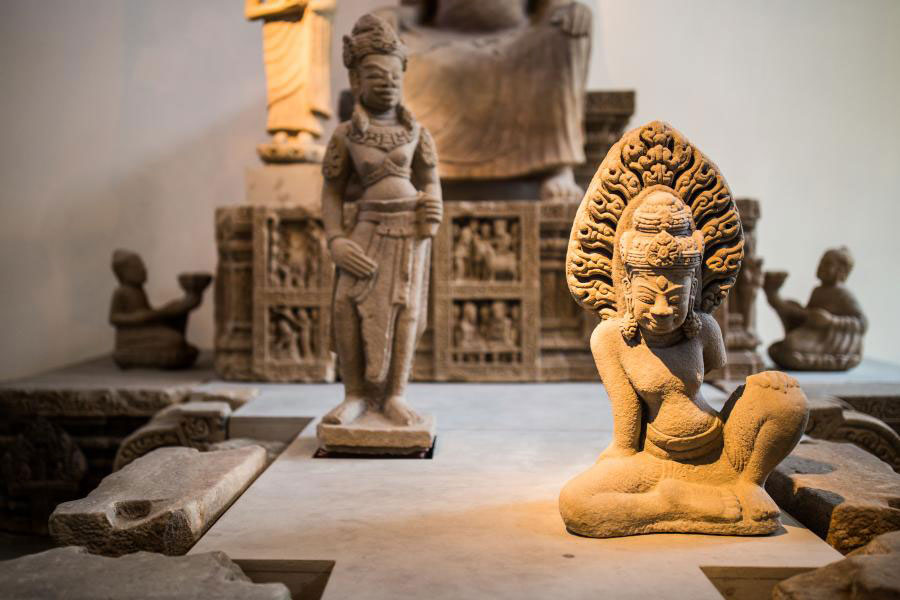
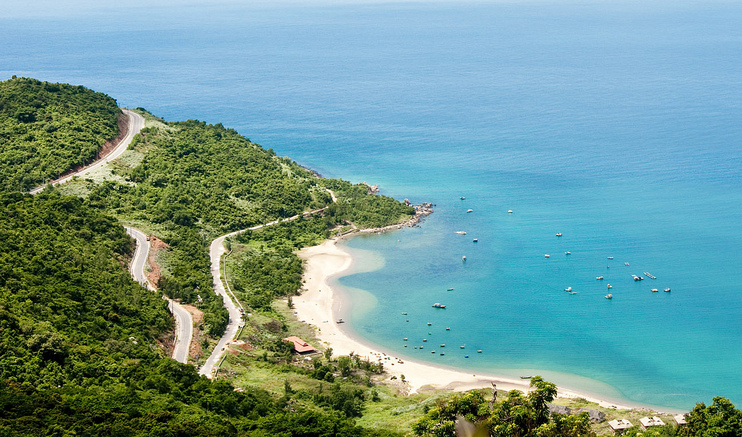
.jpg)

